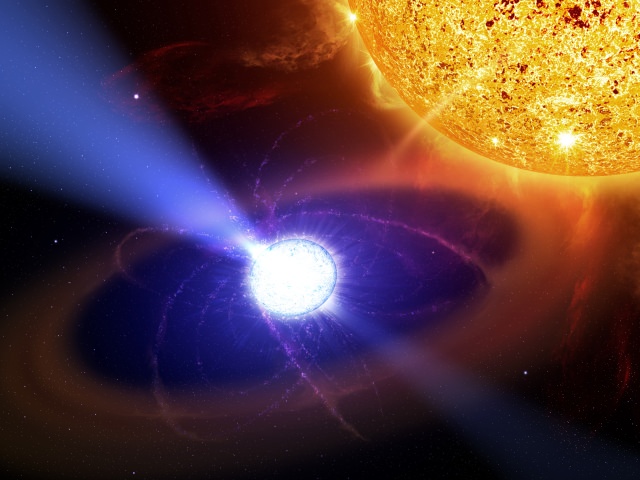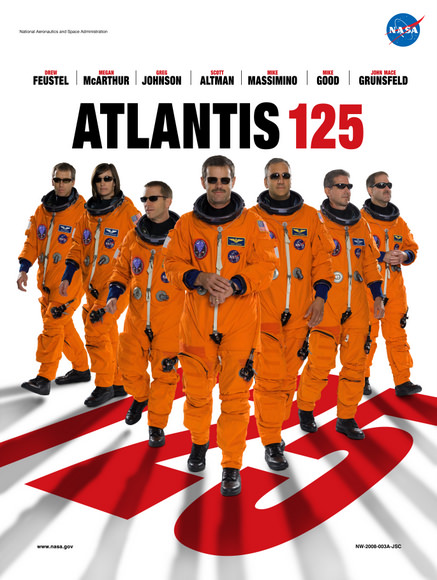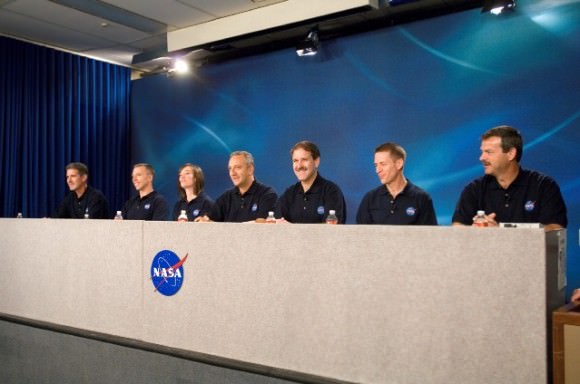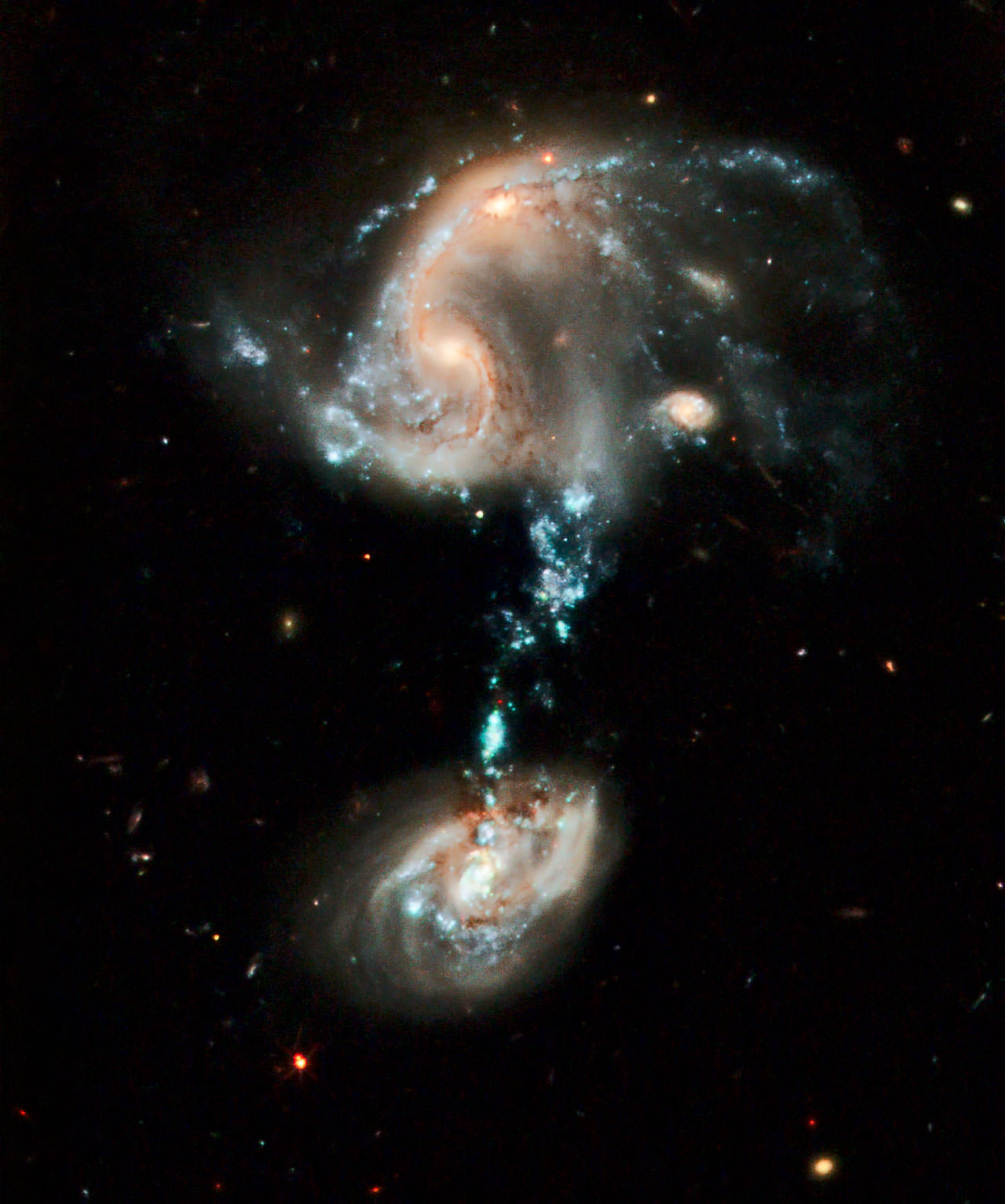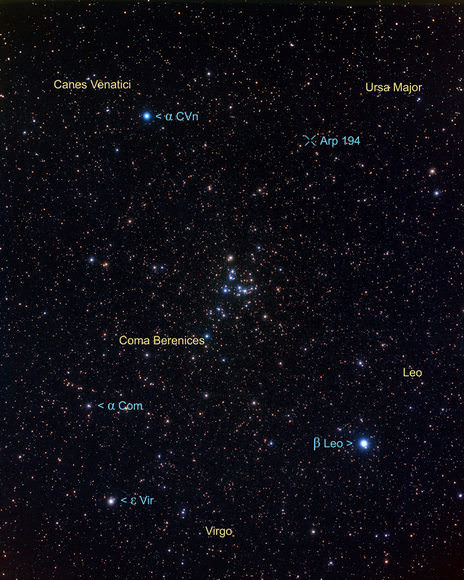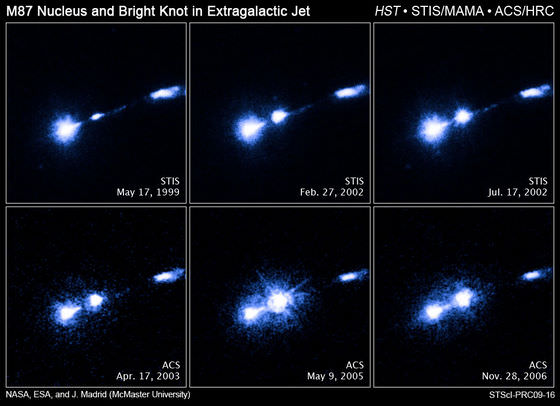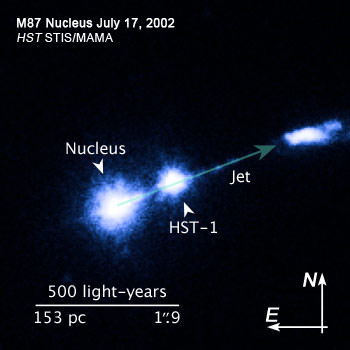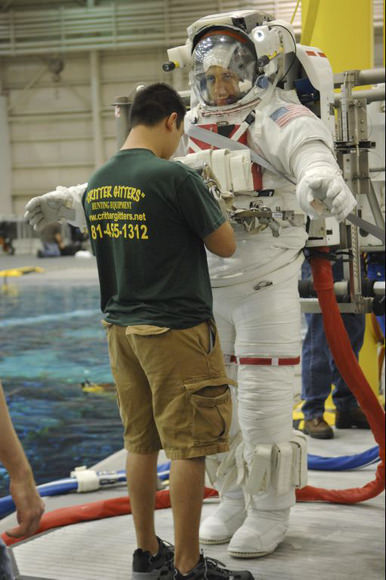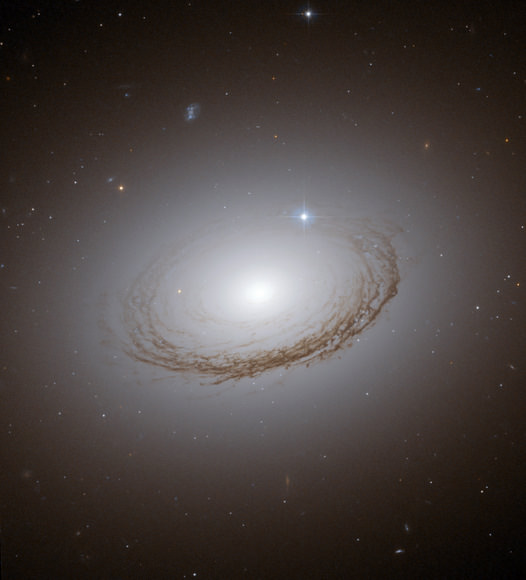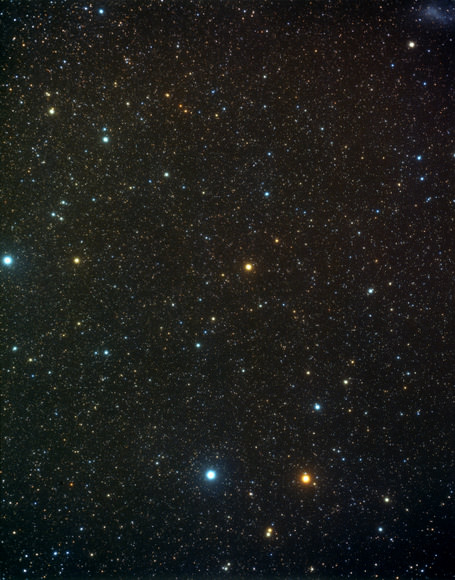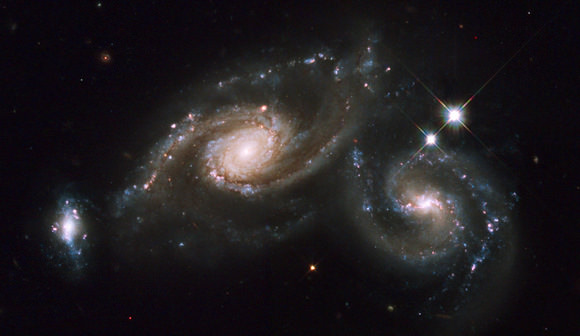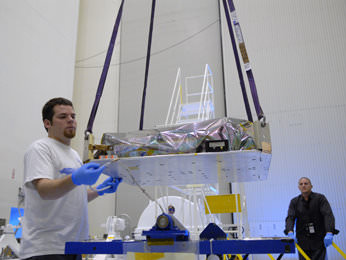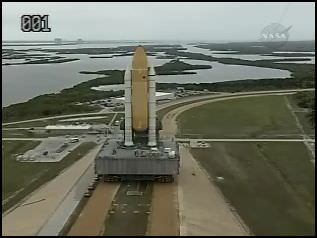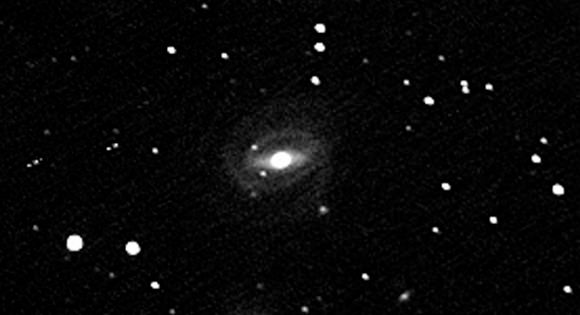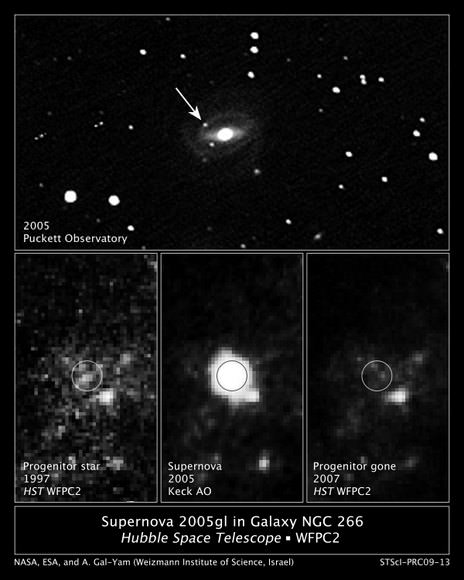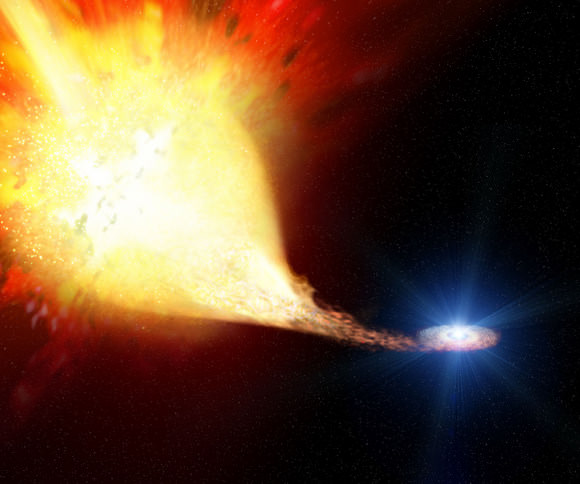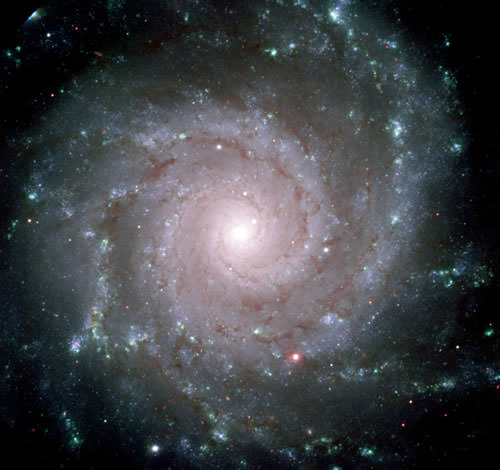[/caption]
A collection of very odd white dwarfs have been discovered in a local globular cluster. Twenty-four white dwarfs (18 of them are new discoveries) have been spotted. Although these degenerate stars aren’t exactly an uncommon (they are the small sparkling remnants left over after star death), this particular set are unique; they are made from helium, rather than the “standard” carbon and oxygen. And they are small, even smaller than the smallest dwarfs.
How did this dense cluster of old stars evolve? It turns out their stellar material is being stolen, stifling their development…
“Helium-core white dwarfs have only about half the mass of typical white dwarfs, but they are found concentrated in the center of the cluster,” said Prof. Adrienne Cool, from San Francisco State University, in a paper to be published in the Astrophysical Journal in July. “With such low masses, the helium-core white dwarfs ought to be floating all around the cluster, according to theory. The fact that we find them only in the central regions suggests that they have heavy companions — partner stars that anchor them to the cluster center.”
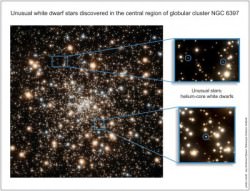
Before a white dwarf emerges from a planetary nebula, the parent star will have gone through the red giant phase (a phase our Sun is expected to go through in 4-5 billion years time). If this red giant has a binary partner (which seems to be the case of the 24 white dwarfs in this study), the outer layers of the puffed-up giant will be stripped away by the partner, stifling the red giant’s evolution. As mass is lost, the giant never gets the chance to burn helium and then progressively heavier elements such as carbon and oxygen in and around its core. Helium then becomes the key component of these smaller-than-usual white dwarfs.
“This is the first time that helium-core white dwarf stars have been discovered in partnerships with other white dwarfs in a globular cluster,” Cool said. “This large sample allows us to answer questions about the mass and nature of the partner stars, and the prevalence of these kinds of binaries in the globular cluster.”
Binary stars are known to affect their partners fairly radically, they are even known to slow or even stop the development of black holes, stripping the outer layers of the dying star, stifling black hole development by removing mass from the parent star. However, not all questions have been answered.
From Cool’s calculations, 5% of the stars found in NGC 6397 should end their lives as dim helium-core white dwarf stars, but after studying Hubble data, many of these tiny dwarfs are missing. “It’s possible that these helium-core white dwarfs cool so slowly that they haven’t had time to get very faint yet,” Cool said.
There remains the possibility that the oldest binaries containing helium-core white dwarfs have actually been destroyed by interactions with other stars in the cluster. Regardless, this is a fascinating area of study. To understand how these ancient stars evolve will not only aid the development of globular cluster models, but it will provide an invaluable insight to how binary stars influence their partners.
Source: EurekAlert!

